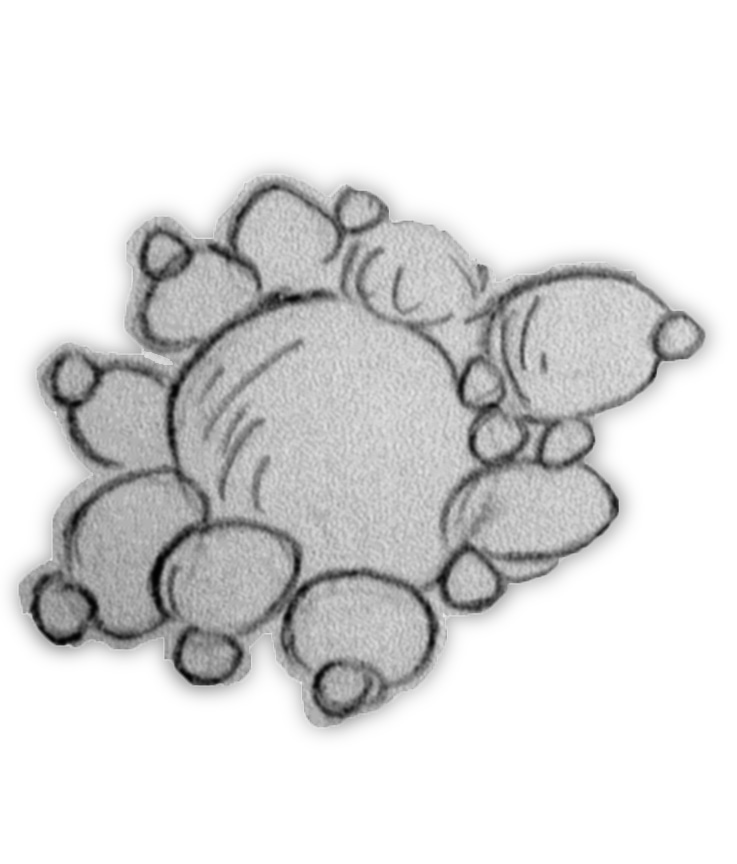




|
Overview The proteins of a cell are the primary determinants of cellular form and function. Regulation of the proteome is therefore the ultimate goal of signaling pathways that connect cell physiology to internal and external environmental cues. We study the molecular mechanisms and physiological functions of translational control of gene expression using genome-wide translation state profiling, molecular genetics, and biochemistry. Research Summary What are the mechanisms and functions of cap-independent translation? The primary pathway for eukaryotic translation initiation requires the concerted action of numerous protein factors that are specifically recruited to mRNAs possessing a 5’ m7G cap. In response to a variety of environmental perturbations, cells down-regulate cap-dependent translation while favoring expression of a select group of genes via alternative initiation mechanisms including direct recruitment of the translation machinery to internal ribosome entry sites (IRESs). We discovered a novel sequence-specific molecular mechanism that coordinately controls IRES-dependent translation of several yeast genes required for differentiation during starvation by using genetic and biochemical manipulations of both mRNA substrates and the translation machinery. We have now identified many new cellular IRESs (> 3 dozen and counting), and are currently working to determine their physiological roles and molecular architectures. |
 |
How does UTR diversity contribute to regulation of gene expression? 5’ untranslated regions (UTRs) influence translational efficiency of mRNAs through diverse mechanisms: long and/or structured 5’UTRs are more difficult to scan, yet may afford resistance to 5’ to 3’ exonucleases; specific sequence or structure elements provide internal recruitment sites for translation factors or regulatory proteins; and upstream open reading frames (uORFs) modulate translation initiation site choice and efficiency. Alternative 5’UTR production is ubiquitous in eukaryotes and has enormous regulatory potential, perhaps comparable to that afforded by alternative splicing (which may also serve to increase 5’UTR diversity). We are combining high-throughput 5’end sequencing with translation-state profiling to obtain comprehensive knowledge of 5’UTR utilization under various growth states. We will use this rich dataset to propose and then test the ‘rules’ that govern translational efficiency in vivo. |
|
Are ribosomes specialized? Ribosomes are magnificent and versatile molecular machines. Although gorgeous high-resolution structures tempt us to regard ribosomes as unchanging homogeneous entities, many opportunities for molecular specialization exist, including alternative ribosomal protein isoforms, ribosome accessory proteins, post-translational modification of ribosomal proteins, and post-transcriptional modification of ribosomal RNAs. We are taking a proteomics approach, in collaboration with Steve Carr’s group at the Broad Institute, to investigate the changes in ribosome composition that are associated with cellular adaptive responses. We are exploring the functional consequences of ribosome specialization through translation-state profiling and biochemical characterization of mutant (forcibly unspecialized) ribosomes. |
 |